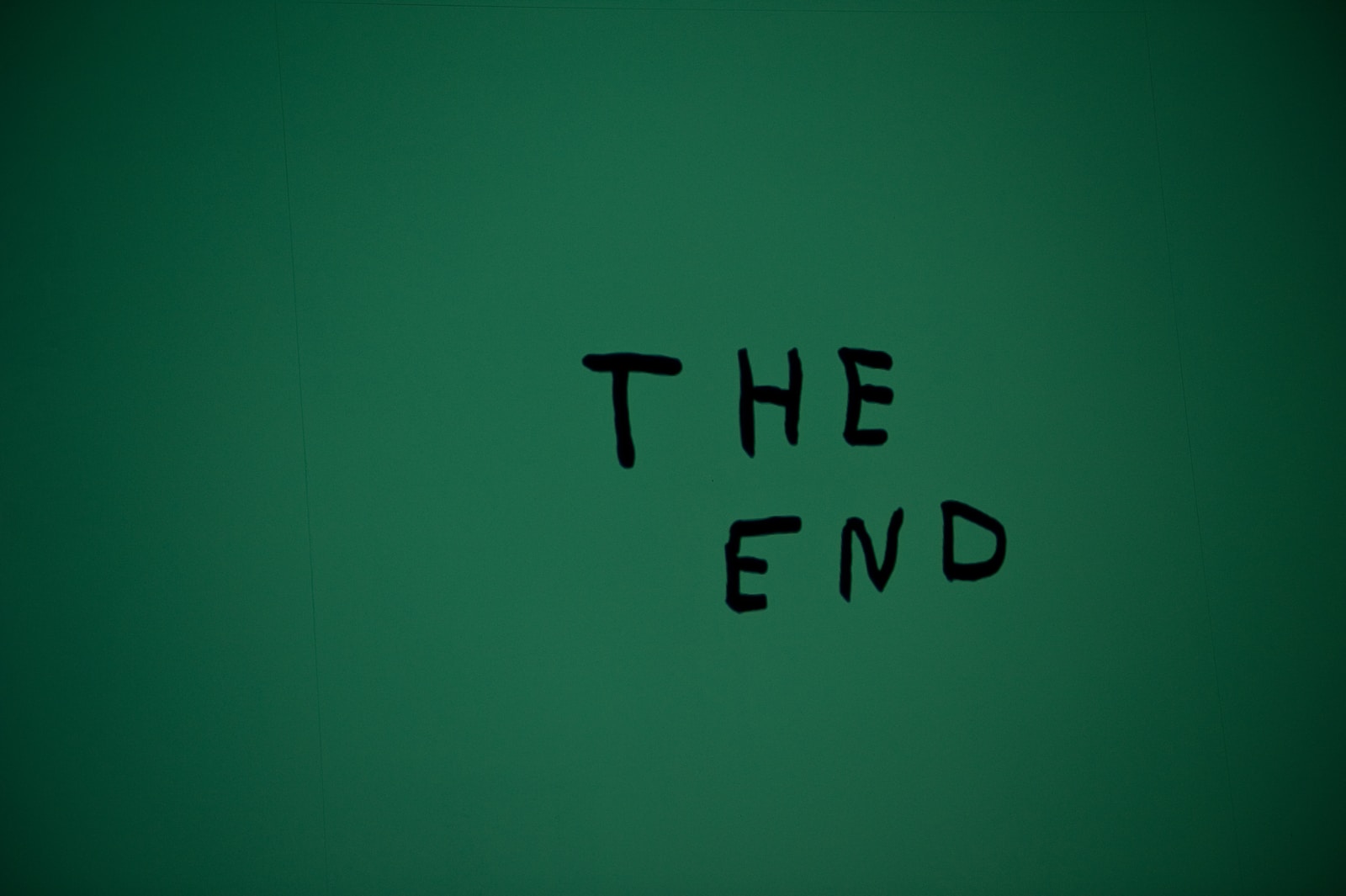END AGAIN
An Exercise to Practice Possibilities
Ending your story CAN be easy. The first thing you have to do is stop trying to make it great.
Pressure to make a great ending will stop you from seeing obvious endings. It will make you hesitant so that even if you make a good ending, the hesitancy announces your doubt to the audience.
 BUT…. we all know it’s not enough just to stop trying. So here’s an exercise to let you practice finding easy endings – good and bad ones. The hope is that if you train yourself to dive in and make many choices, you are more likely to discover better endings, more easily in the future and break the habit of being too precious.
BUT…. we all know it’s not enough just to stop trying. So here’s an exercise to let you practice finding easy endings – good and bad ones. The hope is that if you train yourself to dive in and make many choices, you are more likely to discover better endings, more easily in the future and break the habit of being too precious.
Most of the technique here is just about repetition.
- Do a scene. Wrap things up with a 3 – 5 minute story.
- The performers who have been watching take over and redo the scene and find a different ending.
- You aren’t looking to be “better” than your partners. Your main aim is to find alternatives that you enjoy. You can change what you want in the scene and create any ending you want. You can work to make sense of logical holes in the scene and change the emotional tone of the scene if you want. But make sure it still has the same essence of the original scene. (It’s not a NEW scene. It’s the same (similar) scene with a new ending.
- Do this OVER AND OVER AND OVER for one scene. At some point, when you jump in, you can start in the middle of the scene instead of the beginning. (Just let your partner know – “Let’s go from the point where the monster reveals he is the child”)
Altering the scene is fine. Just don’t erase everything and create a whole new story.
NO DELAYING between scenes. If there are two people in the story, then two people run up before the others have left the stage.
Lazy habits teach our brains to be inflexible and narrow but a little initial effort can uncap closed off creative pathways. It might be useful to look briefly at typical creative behaviour:
- Our brain locks into the first reality it sees, making it difficult to perceive other possibilities. We often stop creating at this point.
- Eventually, if we push ourselves, we produce more results. We begin to play with ideas and can bend the edges of what exists.
- And then we get bored. (mainly because of our own self imposed limitations)
- BUT THEN, if we persist, we allow ourselves to destroy the things we were too cautious to play with and we can find inspiration again. This often happens at points of boredom or frustration (part of the repetition of the exercise above aims at this goal).
In life, we are taught to protect to protect the first “good” idea we come up with. We aren’t taught to dismantle the fear that we might damage our initial safe idea. And we aren’t encouraged to play with possibilities. 
TEACH YOURSELF TO DO THIS!
If you convince yourself to be less precious with ideas and explore possibilities in the physical world, your mind will feel more comfortable doing this on its own and it will do it more quickly because there’s less built-in fear that the destruction will be fatal.




0 Comments